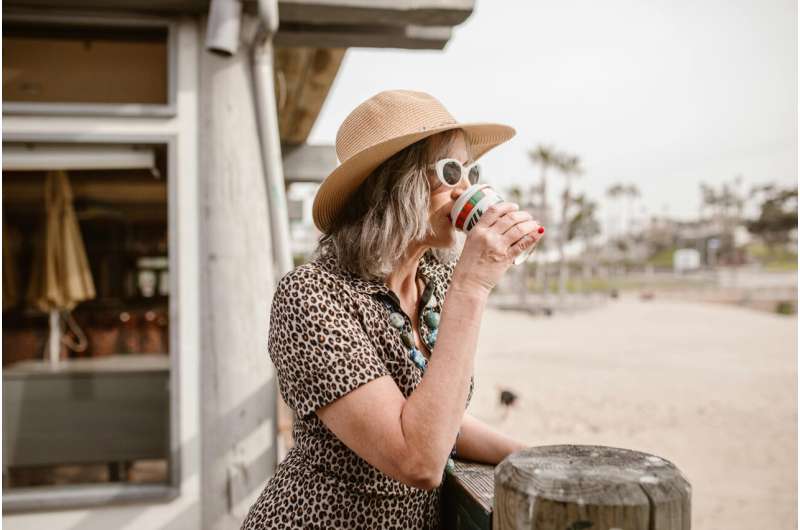How Choosing Safer Personal Care Products Can Reduce Chemical Exposures

Learn how selecting personal care products with safe ingredients can lower exposure to harmful chemicals and improve health, especially in underserved communities.
Selecting personal care products with awareness of their ingredients can significantly decrease exposure to harmful chemicals linked to health risks. A recent peer-reviewed study focusing on Black and Latina women in South Los Angeles highlights how informed shopping behaviors impact chemical exposure levels.
The study, part of the Taking Stock initiative—a collaboration between Columbia University Mailman School of Public Health, University of California, Santa Barbara, Silent Spring Institute, LA Grit Media, and Black Women for Wellness—examined how women from these communities select beauty products. Researchers surveyed 35 Black women and 35 Latinas regarding their purchasing habits and analyzed urine samples for 28 chemicals commonly found in cosmetics and personal care items, such as phthalates, parabens, oxybenzone, and bisphenol A (BPA).
Results revealed that those who deliberately avoided products containing certain harmful ingredients had notably lower levels of these chemicals. For instance, Black women who selected fragrance-free products exhibited less than half the concentration of diethyl phthalate metabolites compared to those not avoiding fragrances. Phthalates are known to interfere with hormone systems and are associated with risks like obesity and diabetes.
Similarly, Latinas avoiding oxybenzone, a chemical often used in sunscreens, showed significantly reduced urinary levels of this compound. Women avoiding parabens, preservatives used in various cosmetics, also tended to have lower levels of methyl and propyl parabens, although these differences were not statistically significant.
These findings underscore the empowering role of consumer choices in reducing exposure. However, experts emphasize that relying solely on buying 'clean' or chemical-free products places an unfair burden on consumers. Regulatory gaps often leave women to become 'chemistry experts' when selecting personal care items, which is neither practical nor fair.
Advocates call for changes at the policy and industry level, including transparent labeling, standardized definitions of 'clean' products, and broader access to affordable, safer alternatives, especially in underserved communities. Education campaigns are also vital to increase awareness about the chemicals present in everyday products.
Community-led initiatives like Black Women for Wellness's workshops and LA Grit Media’s training programs play a crucial role in empowering women with knowledge and resources, fostering safer shopping habits. While ongoing efforts advocate for stronger regulations, individual and community actions remain essential in mitigating chemical exposure and promoting health equity.
For more information, the detailed study can be accessed in the journal Environmental Justice (2025). Source: https://medicalxpress.com/news/2025-09-safer-personal-products-exposures-risky.html
Stay Updated with Mia's Feed
Get the latest health & wellness insights delivered straight to your inbox.
Related Articles
Healthcare Workers Address Vaccine Skepticism Amid Romania's Measles Surge
Romania faces a rising measles outbreak driven by low vaccine coverage and misinformation. Healthcare workers are actively fighting vaccine skepticism to protect communities and curb the epidemic.
Breast Cancer Survival and Its Link to Reduced Alzheimer's Risk: The Role of Radiation Therapy
Breast cancer survivors may experience a short-term reduction in Alzheimer's disease risk, especially with radiation therapy. New research highlights the impact of treatment on cognitive health in long-term cancer survivorship.
Impacts of the 'One Big Beautiful Bill' on Older Adults' Healthcare
Explore how the recent healthcare legislation, 'One Big Beautiful Bill', will affect older adults' access to Medicare, Medicaid, and long-term care services in the USA.



